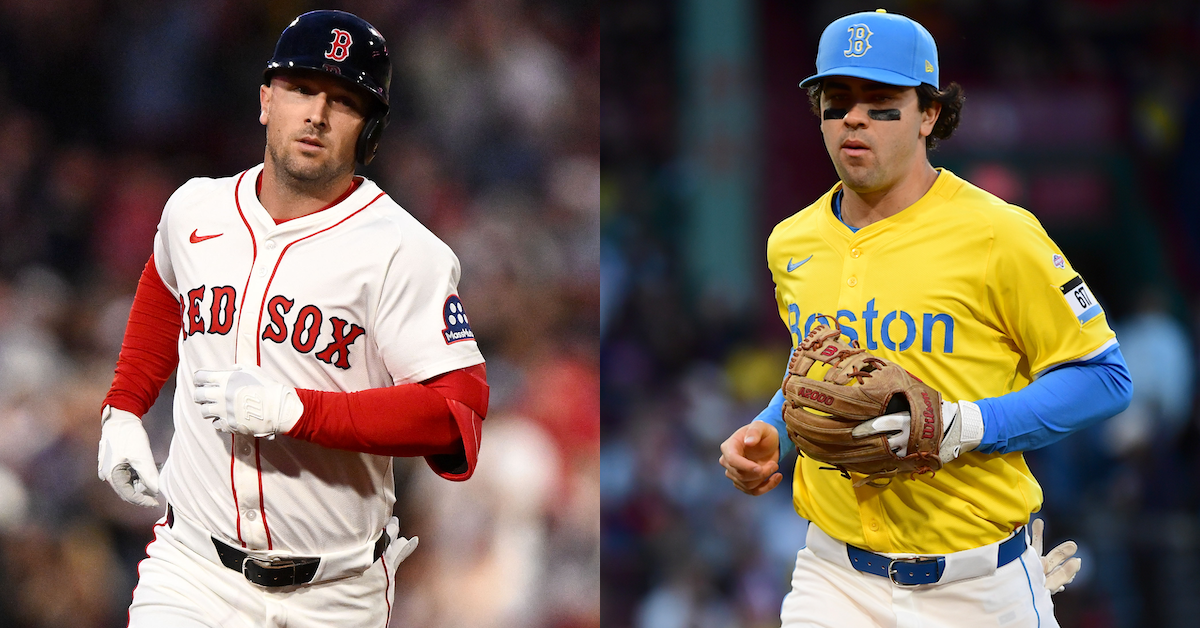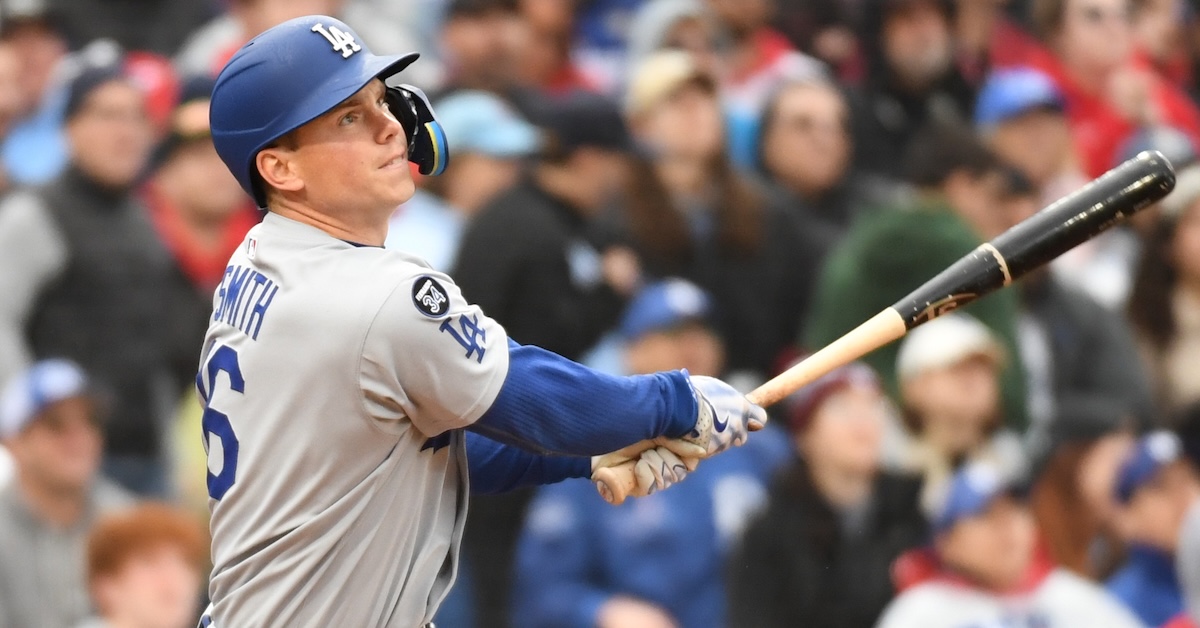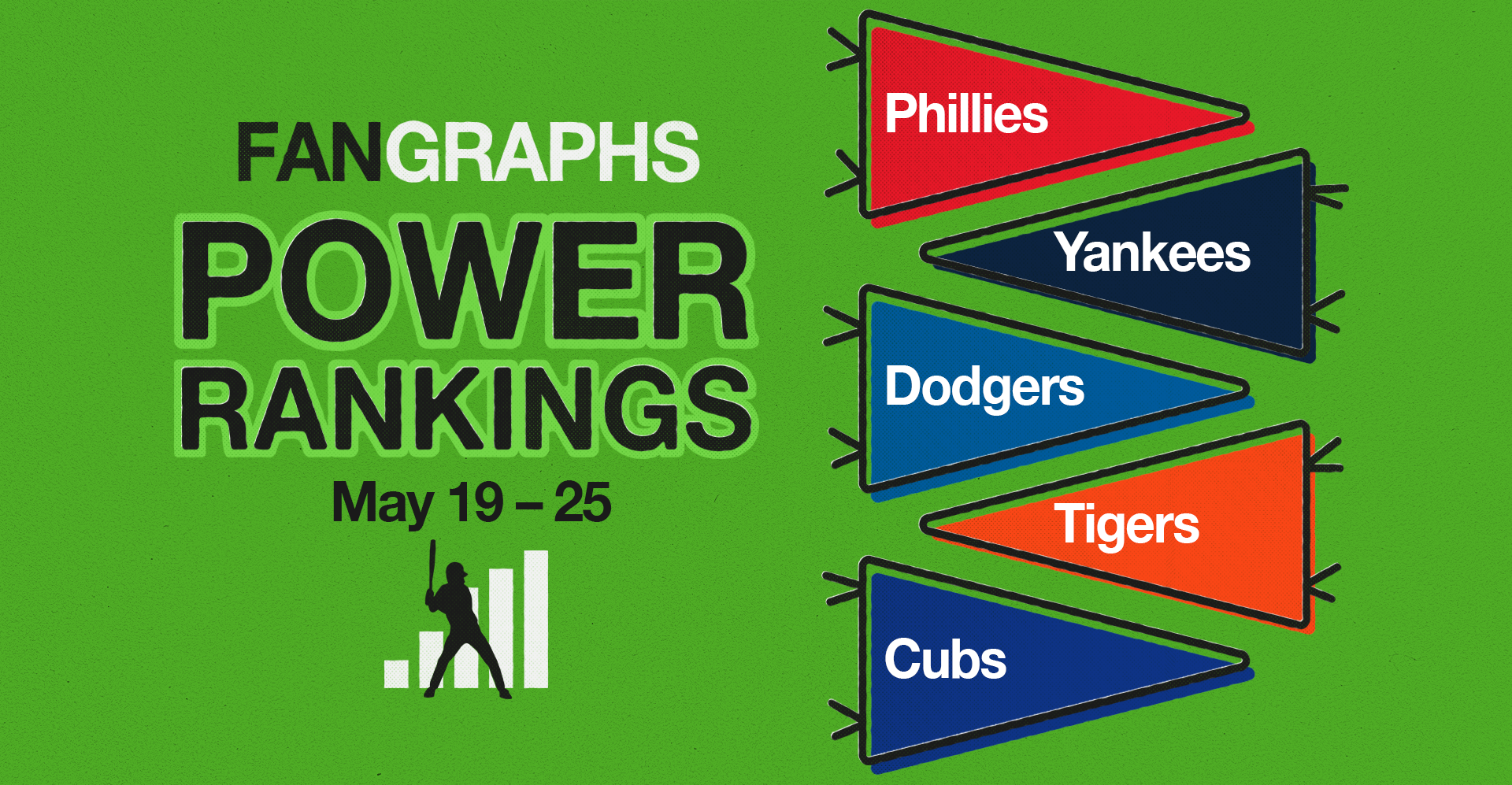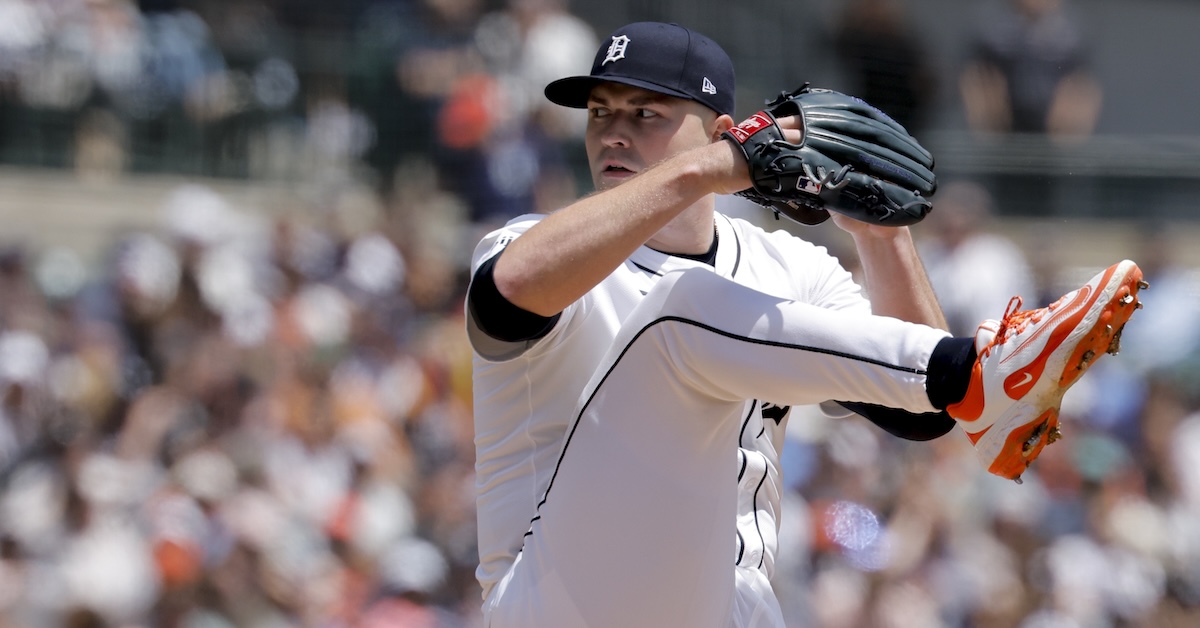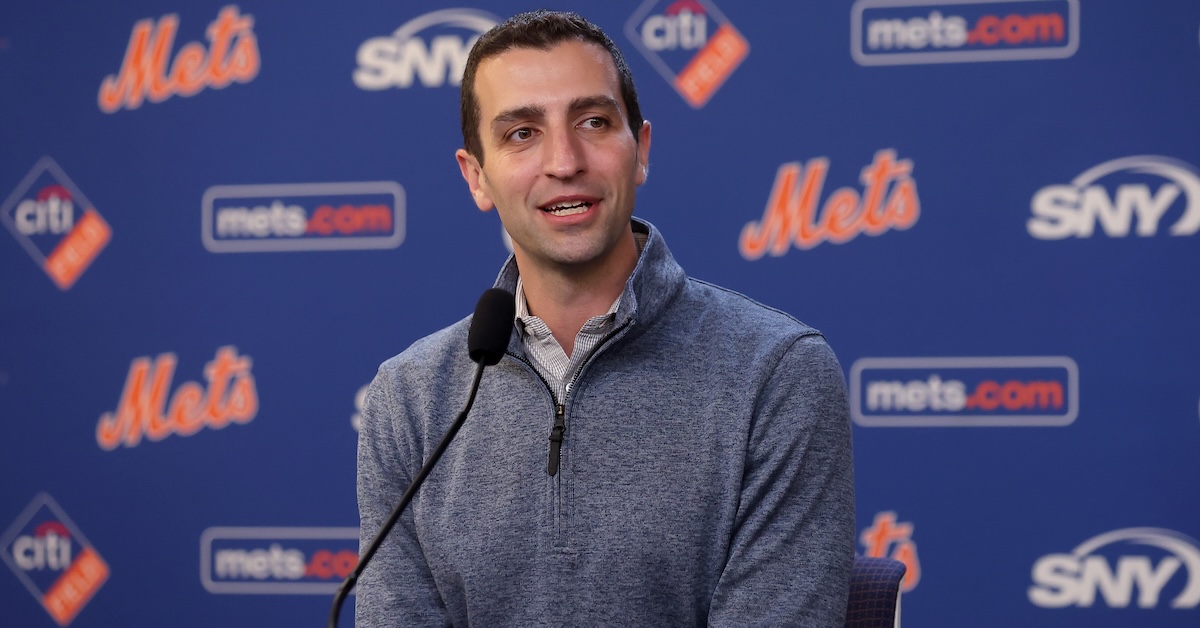Effectively Wild Episode 2327: Playing the Hits

Ben Lindbergh and Meg Rowley banter about the new hardest-hit ball of the Statcast era, exit speeds across eras, Oneil Cruz vs. Elly De La Cruz, whether Tarik Skubal has gotten too good, Aaron Judge not feeling great at the plate, whether Rockies fans should boycott the team, how the (first) Juan Soto trade is working out for the Nationals, a Clay Holmes rotation conversion progress report, Jake Burger’s minor league reset, a threat to Shea Langeliers’ A’s sprint speed lead, a dominant DH in Division III, and a new show trying to claim the podcast’s corner.
Audio intro: Benny and a Million Shetland Ponies, “Effectively Wild Theme (Horny)”
Audio outro: Tom Rhoads, “Effectively Wild Theme”
Link to Cruz homer
Link to 120+ mph balls
Link to Clemens on Skubal
Link to Cooper stat
Link to Passan Skubal tweet
Link to ESPN on Skubal
Link to Skubal splits
Link to Misiorowski story
Link to Misiorowski clip
Link to Misiorowski video
Link to new Judge quotes
Link to 2024 Judge quote 1
Link to 2024 Judge quote 2
Link to Kyle Clark commentary
Link to year-over-year attendance
Link to Nats prospects
Link to Nats WAR leaders
Link to Rule of 17 explainer
Link to Burger game log
Link to MLB.com on Burger
Link to A’s speed leaders
Link to A’s prospects post
Link to A’s shakeup article
Link to CBS Mazzone post
Link to Mazzone player page
Link to Mazzone at TBC
Link to Mazzone article
Link to clip of the other EW
Link to Brault wiki
Link to Brault on EW
Link to Simpsons clip
![]() Sponsor Us on Patreon
Sponsor Us on Patreon
![]() Give a Gift Subscription
Give a Gift Subscription
![]() Email Us: podcast@fangraphs.com
Email Us: podcast@fangraphs.com
![]() EW Subreddit
EW Subreddit
![]() Effectively Wild Wiki
Effectively Wild Wiki
![]() iTunes Feed (Please rate and review us!)
iTunes Feed (Please rate and review us!)
![]() Spotify Feed
Spotify Feed
![]() Facebook Group
Facebook Group
![]() Bluesky Account
Bluesky Account
![]() Twitter Account
Twitter Account
![]() Get Our Merch!
Get Our Merch!
Podcast (effectively-wild): Play in new window | Download
Subscribe: RSS

